Apple will announce its flagship OLED iPhone in September, but ship it in October — still potentially achieving impressive sales, according to an analyst memo obtained by AppleInsider.
The delayed shipment is because of "challenges with the OLED curved screen," said Gene Munster of Loup Ventures, citing a talk with a component supplier. As result, the analyst is calling for shipments of 39 million iPhones in the September quarter — well below a Wall Street consensus of 49 million, as well as the 45.5 million phones Apple shipped in the Sept. 2016 quarter.
Munster anticipates 6 million shifting into the December quarter, however, and an extra 4 million in the March quarter, with supply and demand only then balancing out. The analyst suggested in fact that while the iPhone 7 cycle will likely generate flat unit growth versus the iPhone 6s, the next iPhone cycle should see an an 8 percent rise.
Revenue is meanwhile predicted to grow 11 percent, mainly due to a higher average selling price spiked by the OLED iPhone, commonly referred to as the "iPhone 8." The figure should increase from $651 to $674, Munster said, working on the assumption that the new phone will cost over $1,000.
"This new high-end SKU should run about $47 per month on the iPhone upgrade program, compared to $41.58 today for the entry level iPhone 7," he wrote.
Interest is reportedly higher in the "iPhone 8," based on a Loup survey of 501 people in the U.S. conducted the weekend before Apple's recent Worldwide Developers Conference. Of 220 current iPhone owners, 25 percent said they were planning to buy the next iPhone at launch — a jump from 15 percent in a July 2016 poll.
Of the people planning to upgrade, 54 percent said they were interested in augmented reality features, despite the survey coming before Apple's ARKit announcement on June 5. It's uncertain what sort AR-related hardware the "iPhone 8" might have, but ARKit will give developers software tools for bringing the technology to iPhone and iPad apps.
The attraction of AR is low outside of the iPhone sphere, Munster observed. Only 14 percent of people not planning to buy an iPhone expressed interest, and even among Android owners, interest was only slightly higher at 20 percent.
 Roger Fingas
Roger Fingas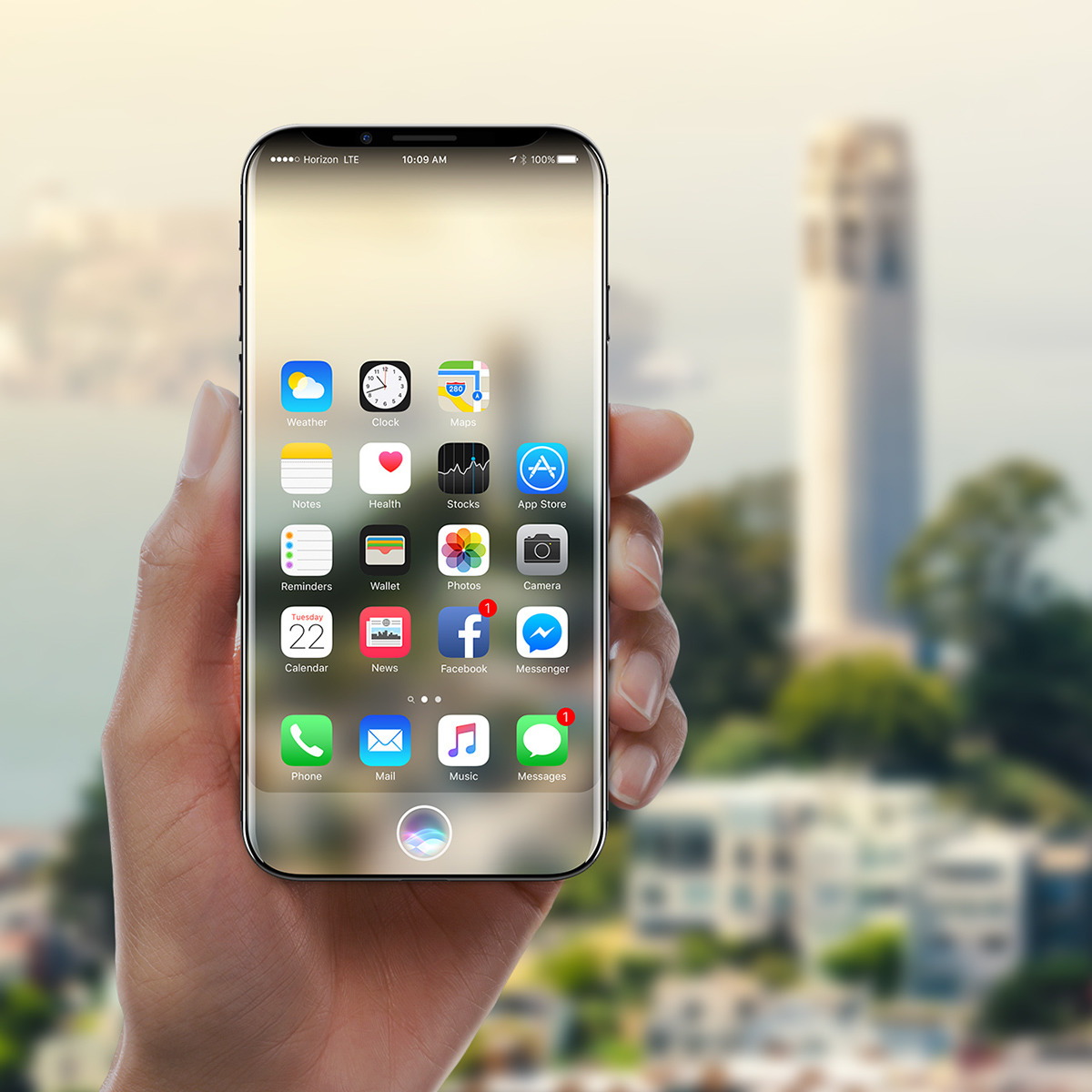

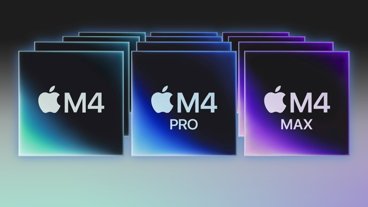
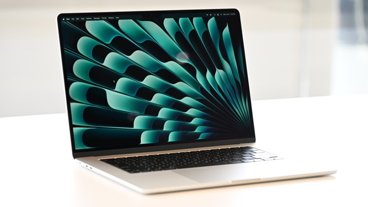
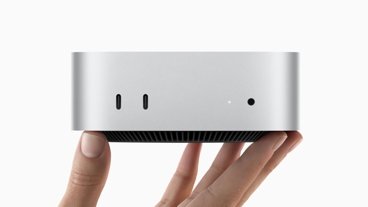
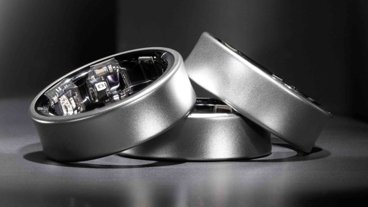
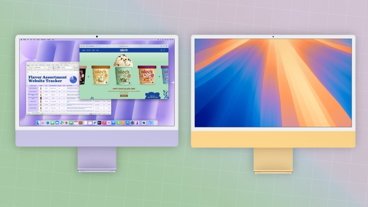








 Thomas Sibilly
Thomas Sibilly
 Marko Zivkovic
Marko Zivkovic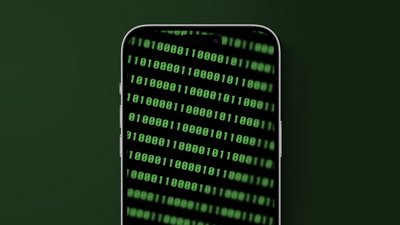
 Wesley Hilliard
Wesley Hilliard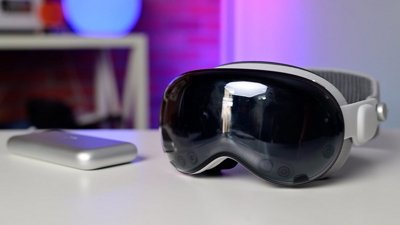
 Andrew Orr
Andrew Orr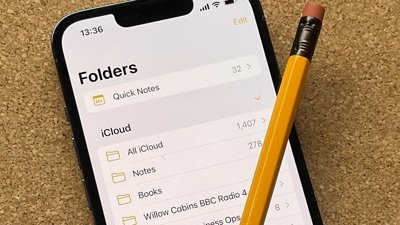
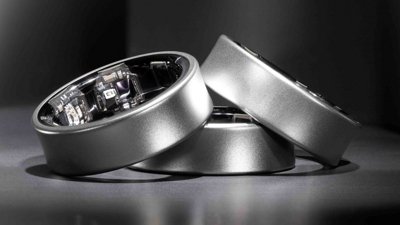

 Christine McKee
Christine McKee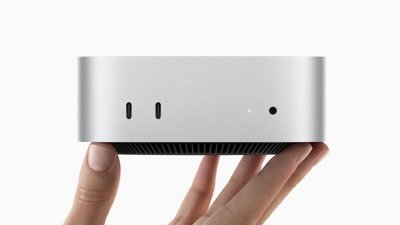
 Malcolm Owen
Malcolm Owen
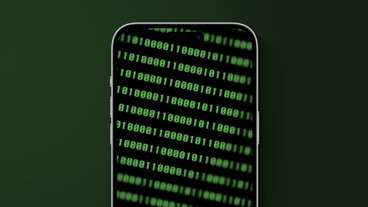
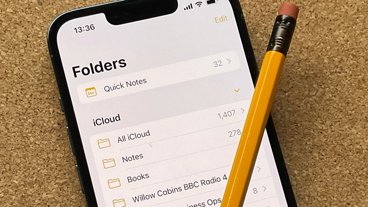





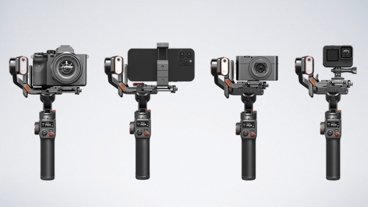

16 Comments
Before WWDC some though AR would require new hardware. Apple revealed that it works on recent hardware (I think it was iPhone 6+ and iPad Pro and up).
I think we can expect several blockbuster AR apps in the fall. AR will be huge for games, education, retail, story-telling etc.
This will drive upgrades of iPhone and iPad. With AR your device becomes a window through which you view virtual elements in the real world. I think the experience will feel better on iPad and this will be the first time there has been a compelling reason for iPad owners to upgrade.
The new iPhones may have some more advanced hardware sensor that will allow users to do high quality 3D scanning. If so it will open up the ability for users to create AR content that they can share. This could be huge.
But just yesterday we were treated with a hysterical report that says the iPhone 8 is a flop because it doesn’t support 4G LTE Gigabit, something EVERYBODY is demanding and which only the Samsung Galaxy 8 has. I mean don’t the spec monkeys determine what’s a success and what’s a flop? When @gatorguy keeps hamming away at something the iPhone doesn’t have it must be a thing.
I thought Munster had given up being wrong for a living.